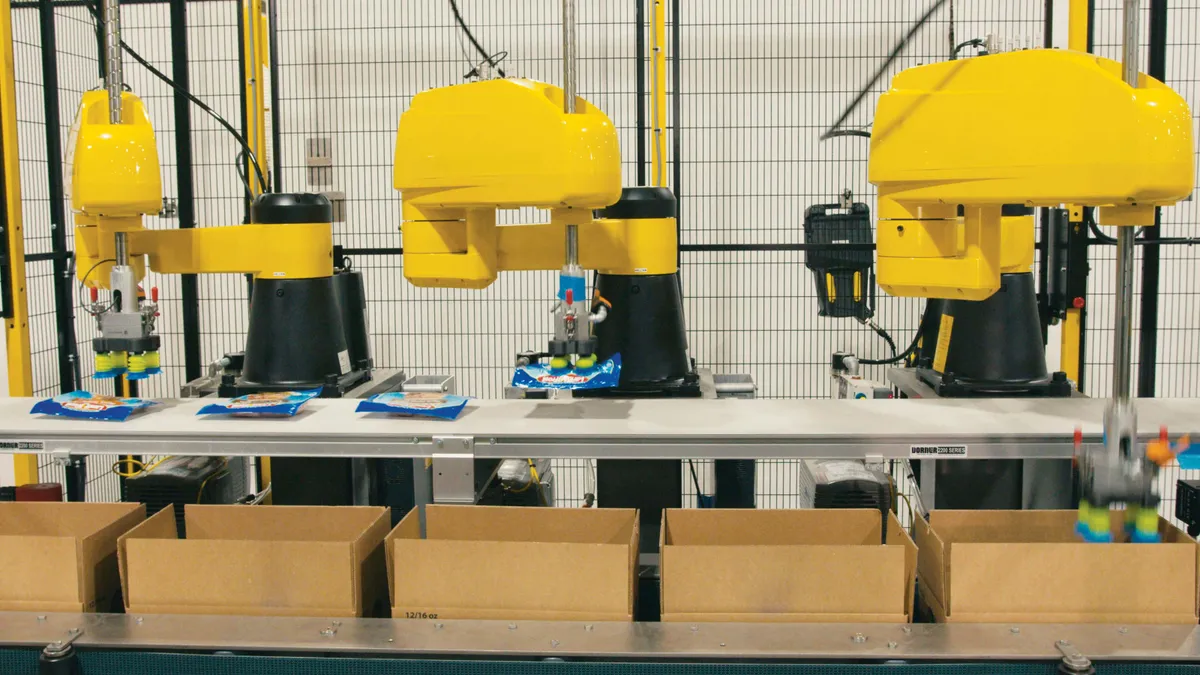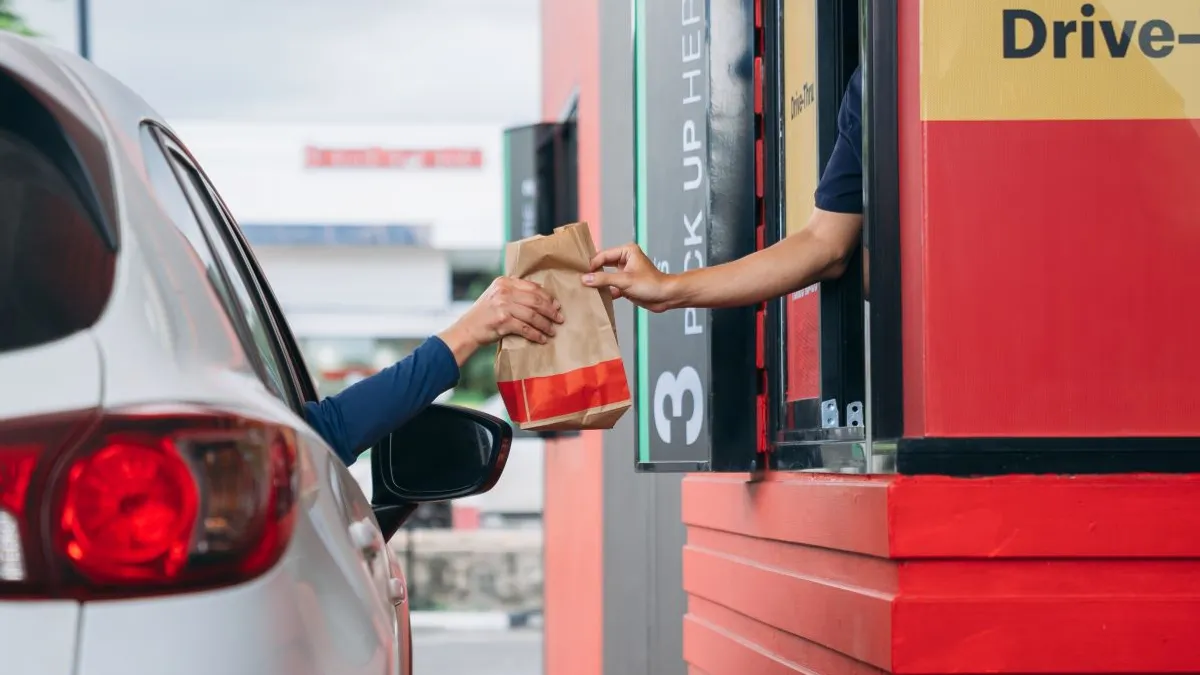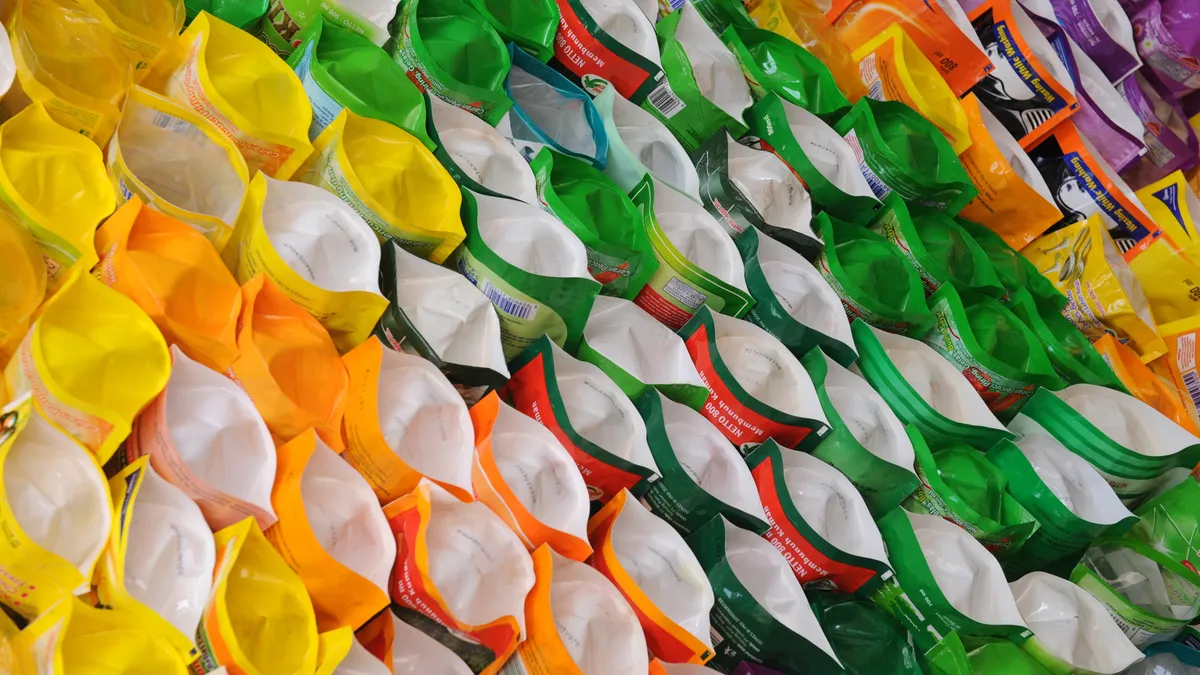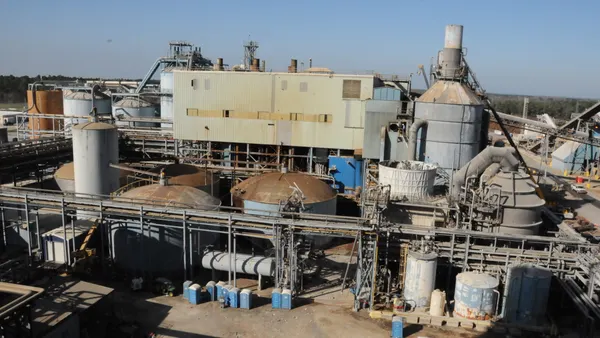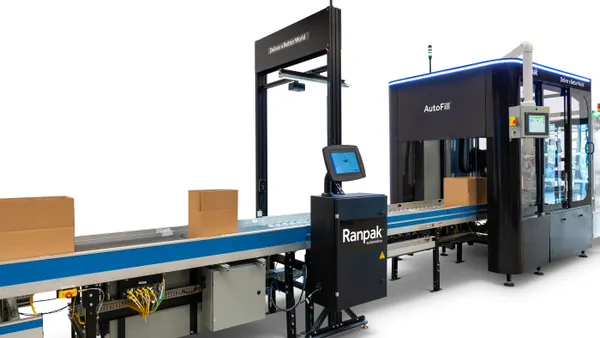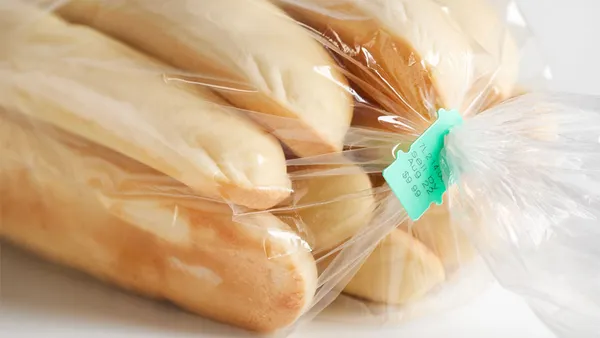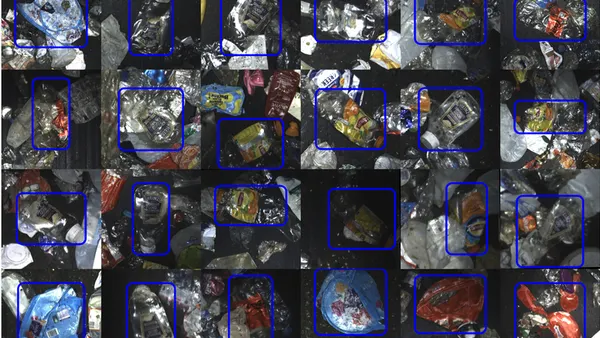In today's competitive market, small and growing manufacturers often prioritize automating core production processes to enhance efficiency and product quality. However, a critical area that frequently remains manual—and thus a potential drain on profit margins—is end-of-line (EOL) packaging. It’s estimated that material handling and transport can account for approximately 15 to 25 percent of a product's retail price, making EOL packaging a significant factor in overall profitability.
The hidden costs of manual packaging
Every manual touchpoint in the packaging process adds labor costs and increases the risk of errors. Tasks such as assembling boxes, packing products and sealing cases, when performed manually, not only slow down operations but also lead to inconsistencies that can affect product integrity during transit. These inefficiencies accumulate, eroding profit margins over time. Additionally, reliance on manual labor introduces variability, which can result in damaged goods or improperly sized packaging that increases shipping costs due to dimensional weight calculations. The result? Higher expenses and diminished customer satisfaction.
The case for automation
Implementing automation in EOL packaging offers tangible benefits:
- Labor Efficiency: Automated systems can perform repetitive tasks more quickly and accurately than human workers, reducing the need for manual labor and associated costs. By reallocating staff to higher-value activities, businesses can improve overall productivity and employee satisfaction.
- Consistency and Quality Control: Automation ensures uniformity in packaging, minimizing errors and enhancing product protection. Properly sealed and right-sized packages also reduce the risk of damage during transit, leading to fewer returns and improved customer experiences.
- Scalability: As production demands increase, automated systems can scale accordingly without a proportional rise in labor costs. This scalability makes automation an attractive option for growing businesses that need to handle fluctuating demand efficiently.
For instance, integrating a case erector, packing cell and sealer can eliminate the need for multiple operators on a packaging line, leading to significant labor savings. It’s not uncommon to achieve a full return on investment in such automation within 18 months. Businesses that adopt automated solutions often find that their improved operational efficiency translates to better relationships with their supply chain partners and end customers.
Determining the right time to automate
A general guideline suggests that if your operations involve filling more than 200 cases per day, it’s prudent to explore entry-level automation. As volumes approach and exceed 1000 units daily, the case for full automation becomes even more compelling, promising quicker payback periods and sustained profit margin improvements. This could start with a semi-automated setup, such as a hand-packing station complemented by a case erector and sealer, to increase productivity while minimizing capital investment.
It’s also important to consider the costs of inaction. Businesses that delay automation often face rising labor expenses, slower production cycles and lost opportunities due to inefficiencies. In a competitive marketplace, these factors can significantly impact profitability over time.
A phased approach to implementation
For smaller companies, adopting a gradual approach to EOL packaging automation can be effective. Begin with automating the most labor-intensive tasks and progressively integrate more advanced systems as production scales. This strategy allows for manageable investment increments and provides time for staff to adapt to new technologies. For example, starting with a stretch wrapper or case erector can alleviate immediate bottlenecks, while leaving room for additional upgrades like robotic palletizers or fully integrated systems in the future.
Additionally, selecting modular equipment that can grow with your business is a smart move. Modular designs offer the flexibility to expand functionality as needed, ensuring that your investment remains relevant and cost-effective over the long term.
Embracing the future of packaging
Automation isn’t just a tool for improving efficiency—it’s a strategic investment in the future of your business. Companies that implement EOL packaging automation gain a competitive edge by reducing costs, improving operational reliability and demonstrating a commitment to innovation. Furthermore, as sustainability becomes a growing priority, automated systems that enable right-sized packaging and reduce material waste can help businesses align with environmental goals while enhancing their bottom line.
Consider the example of a manufacturer that automates its case packing and wrapping processes. By reducing manual labor, speeding up production cycles and ensuring consistent packaging quality, the company not only protects its profit margins but also positions itself as a trusted partner to its customers.
Conclusion
Automating end-of-line packaging is a strategic move that can significantly enhance operational efficiency and protect profit margins. By reducing manual touchpoints, ensuring consistency and enabling scalability, automation addresses common pain points in the packaging process. As the industry evolves, embracing EOL packaging automation will be key to maintaining competitiveness and achieving long-term financial success.

